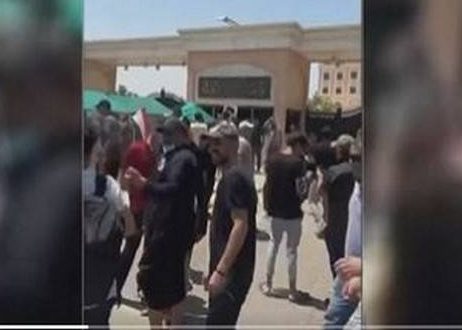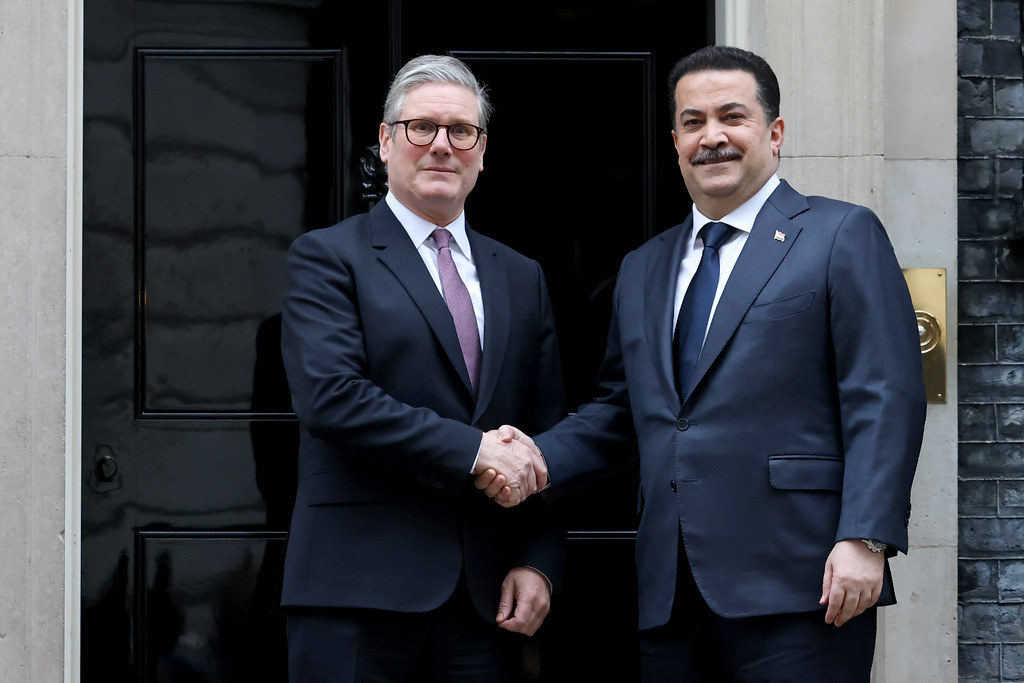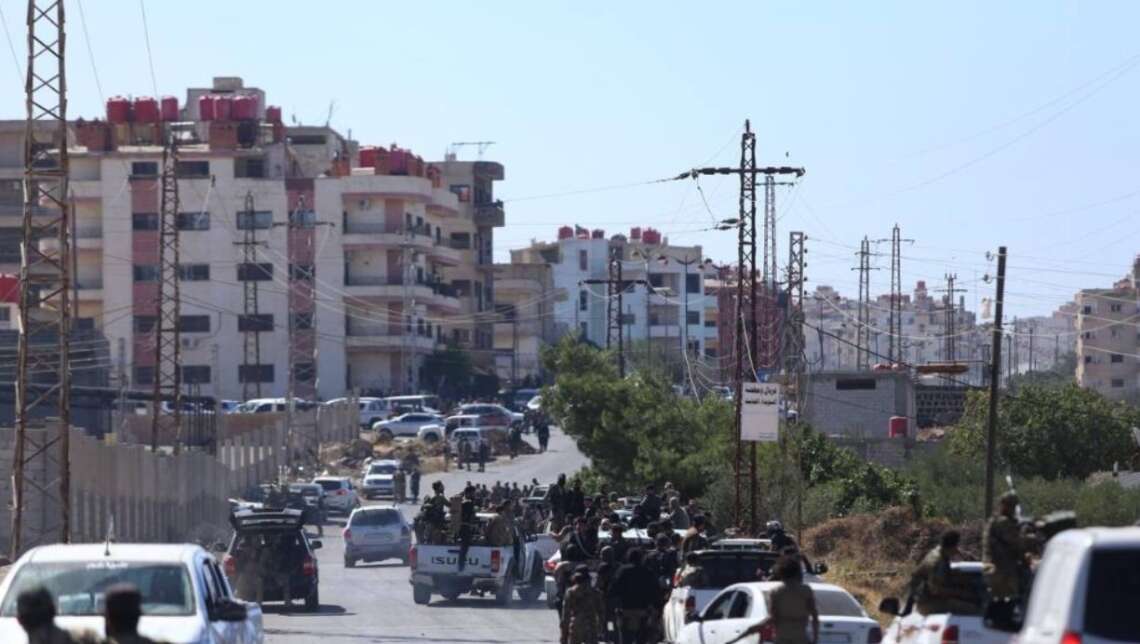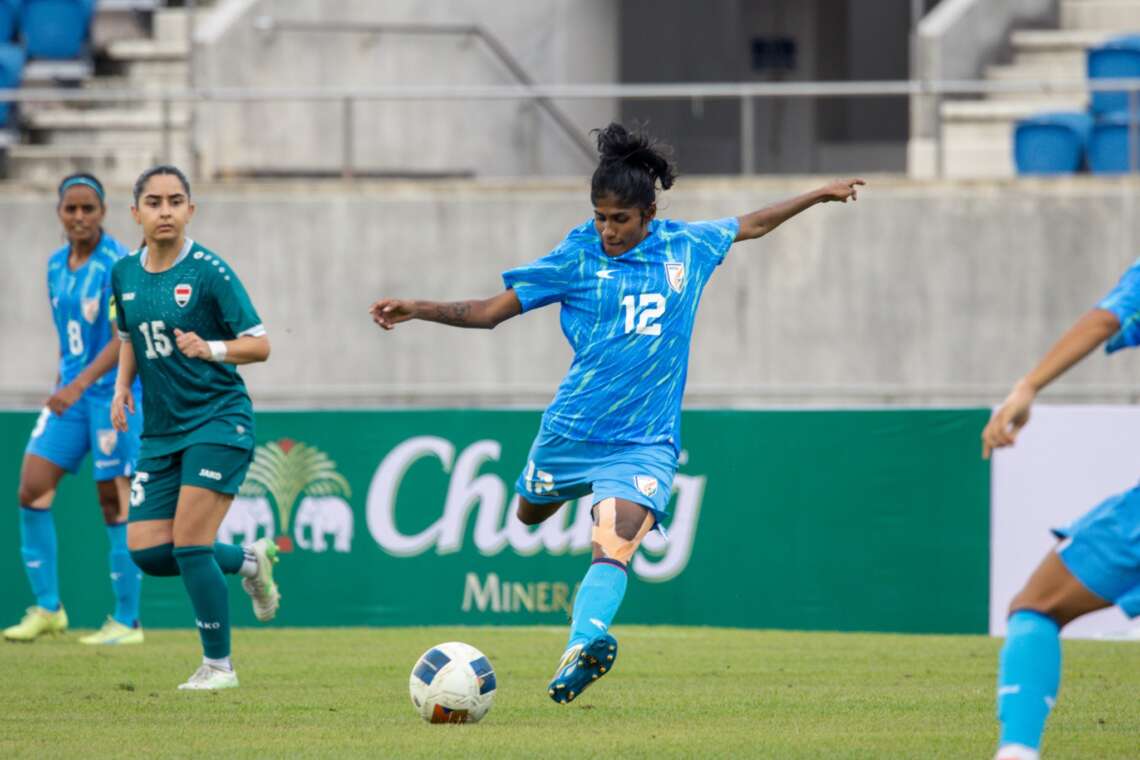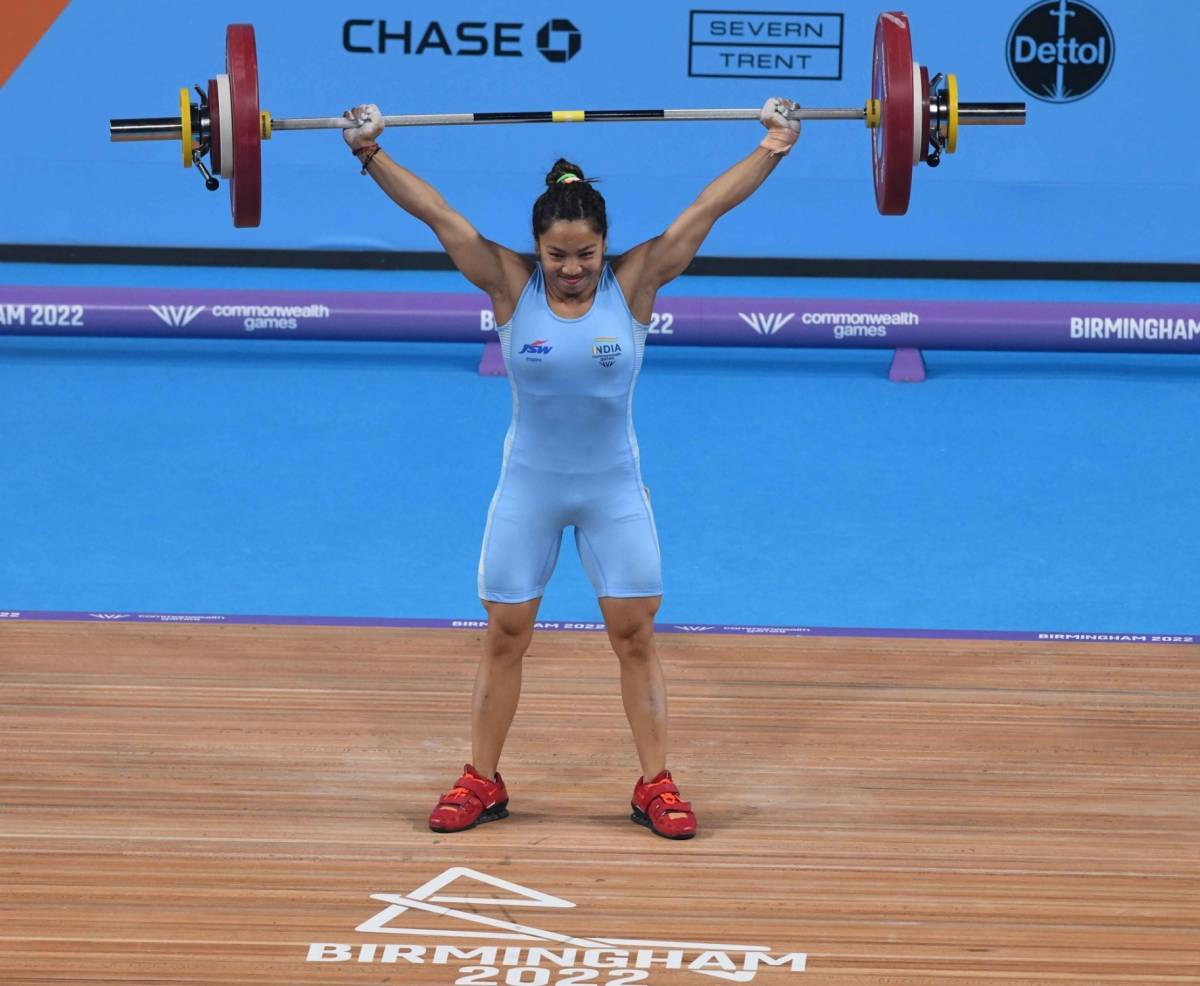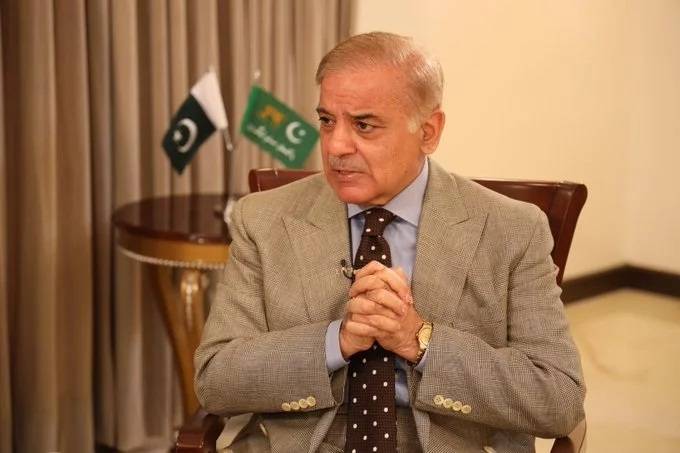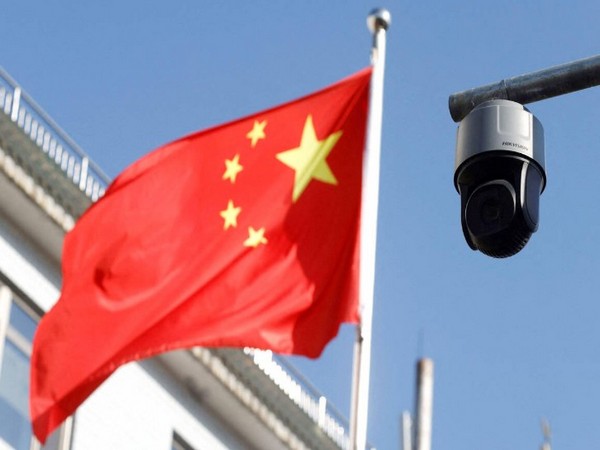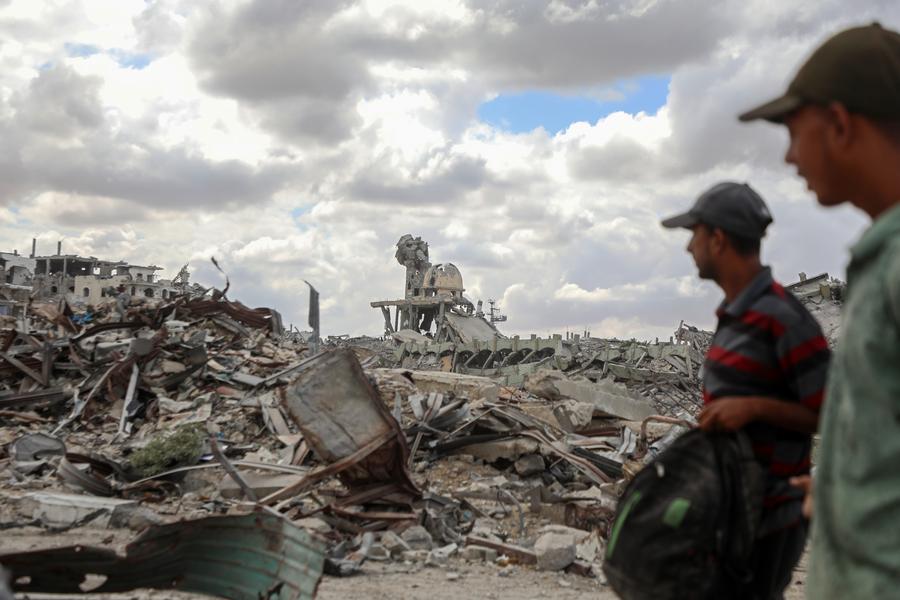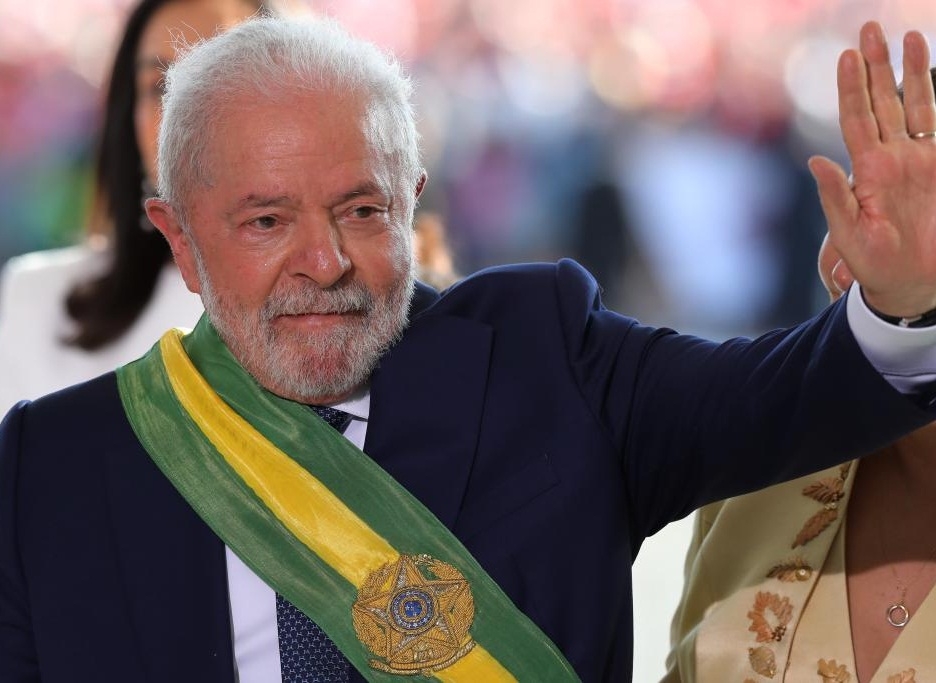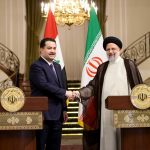The protests began after competing political factions failed to agree on the formation of a new government.
Supporters of Shia leader Muqtada al-Sadr reached the Iraqi Prime Minister’s building on Saturday, following the protest against the nomination for Prime Minister by rival Iran-backed parties.
Meanwhile, Iraqi security closed the roads to the building of the Supreme Judicial Council, Al Arabia reported adding that a leader in the Sadrist movement urged peaceful demonstrations in front of the Judicial Council.
Demonstrators waved Iraqi flags and portraits of al-Sadr, chanted, and sat down in the legislative chamber, with no lawmakers present.
Thousands of protesters also gathered outside the parliament building, with security forces using tear gas, water cannons and sound grenades to disperse them.
Protesters also disassembled large concrete barriers surrounding the heavily-fortified area.
The unrest comes just days after hundreds of protesters on Wednesday burst into the heavily fortified Green Zone in the centre of the Iraqi capital, dancing, singing, posing for selfies and eventually peacefully dispersing, reported Sputnik.
The Wednesday protests began after competing political factions failed to agree on the formation of a new government.
Hundreds of protesters had descended on Iraq’s parliament building on Saturday, putting on a repeat performance of Wednesday’s unrest.
The protesters were opposing the candidacy of Mohammed Shia al-Sudani for the post of Prime Minister, as they believe him to be too close to Iran. al-Sudani is a former minister and ex-provincial governor and is nominated for the Prime Minister’s post on behalf of the Coordination Framework.
Visuals from the site showed protestors singing and dancing and one person was seen lying on the desk of the speaker of the Iraqi parliament.
No lawmakers were present and only security forces were inside the building as protestors barged in, reported Al Jazeera.
However, after a few hours of Wednesday protest, al-Sadr had issued a statement on Twitter telling them their message had been received, and “to return safely” to their homes, signalling there would be no further escalation of the sit-in, Al Jazeera reported.
Prime Minister Mustafa al-Kadhimi also called on the protesters to “immediately withdraw” from the closely-guarded Green Zone, which is home to government buildings and diplomatic missions. In a statement, he warned that security forces would see to “the protection of state institutions and foreign missions, and prevent any harm to security and order”.
Shortly after, protesters began making their way out of the parliament building with security forces supervising.
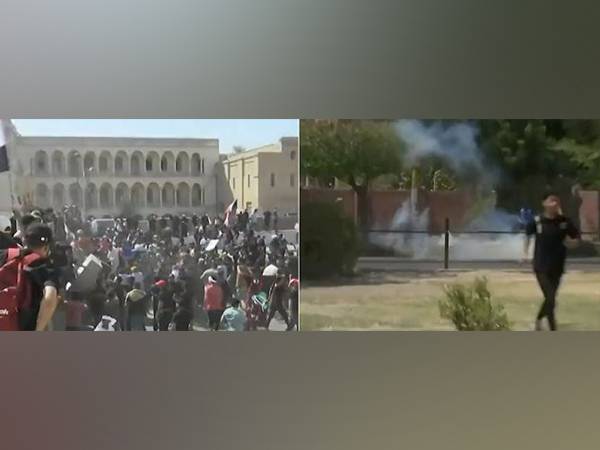
Earlier, the police used water cannons to disperse the demonstrators, but still, many breached the gates to the area, according to Al Jazeera.
The demonstrators walked down the Green Zone’s main thoroughfare, with dozens gathering outside the doors to the parliament building.
The demonstrators, outside the two entrances to the Green Zone, started chanting “Al-Sudani, out!”
This incident and al-Sadr’s subsequent show of control over his followers, carried an implicit warning to the Framework Party of a potential escalation if the government is formed with al-Sudani at the helm.
Al-Sudani was selected by State of Law leader and former Prime Minister Nouri al-Maliki. Before al-Sudani can face parliament to be seated officially as prime minister-designate, parties must first select a president.
Notably, Al-Sadr’s bloc won 73 seats in Iraq’s October 2021 election, making it the largest faction in the 329-seat parliament but, ever since the vote, talks to form a new government have stalled, and Al-Sadr stepped down from the political process. A deadlock persists over the establishment of a new government.
In 2016 too al-Sadr’s supporters stormed the parliament in a similar fashion. They staged a sit-in and issued demands for political reform after then-Prime Minister Haidar al-Abadi sought to replace party-affiliated ministers with technocrats in an anti-corruption drive.
Mass protests erupted in 2019 amid public anger over corruption and unemployment and this current protest pose a challenge for the oil-rich country. (ANI)
ALS READ: IS attack kills 4 in Iraq


